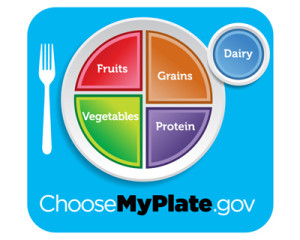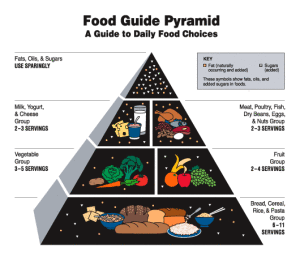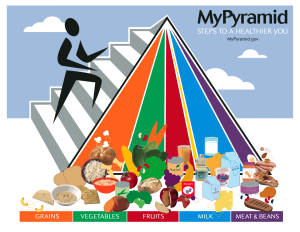Serving sizes. Arbitrary quantities of food we can measure out to determine the nutrition within a set volume or mass of food. These work great for people who are analytical and thinking types. What about for the rest of the population?
I believe in multiple intelligences. Some people are adept at verbal communication, some are skilled at math and science, some are better at creating new ideas, some are better at organizing, and some are better at learning new ways to move their body through physical space and time such as in athletics.
Not everyone is good at everything. A person could be really, really bad at catching a ball and doing well in science class but one of the best writers or orators in the world. They should not be penalized in life for not getting a nutrition label.
Nutrition Facts labels teach to math and science types because they are created by math and science types. Analytic people.
Nutrition information on serving sizes is only given in one way: via the nutrition facts label on the side of a package. Other than this, most people do not encounter nutrition information unless you seek it out on TV, the Internet, are the type of person who learns by experimenting on yourself, or you took nutrition in university. Most high schools don’t teach it in health class.
The side of the nutrition package sometimes gives nutrition information in misleading and unrealistic amounts. For example, who is really just going to have 1 graham cracker unless mom gives it to the kids in that quantity so it doesn’t spoil their appetite for dinner. While a serving size is 5 prunes on the side of many brands of prune containers, many people believe that having more than one or two will cause too much bowel motility.
Whether or not this is true, the point is that sometimes you eat more or less than the side of the package considers 1 serving.
Analytic people can do the math in what they ate and convert that into the respective amount of calories, protein, carbohydrate, fat, and fiber. These same people probably have a food scale that can measure food quantities when the side of the package declares a serving size in grams.
Serving sizes in grams are GREAT for analytic people. You know exactly how much you get. Grams make no sense to everyone else in the country, especially the US that doesn’t even use grams as a unit of measure. People who live in the US are not raised with the metric system or grow up with an intuitive sense of how much a gram, kilogram, or milligram is like those in other countries.
Perhaps this is a small contributor to one of the MANY contributing factors to nutrition confusion in the US. Sodium is listed in milligrams, for example.
Speaking to the original topic of this post, I propose alternative educational systems that need to be developed that speak to non-analytic people’s strengths in learning.
For example, why can’t nutrition information be listed in units like “Calories per mouthful”? While a “mouthful” probably really irritates the logical, analytical people in that it is imprecise, it is not THAT imprecise.
It wouldn’t be useless and could be a much better educational tool than expecting non-analytical people to understand what a calorie is, considering the lack of basic nutrition education most people get in the US and the lack of educated nutrition professionals to be able to teach everyone this information efficiently.
(A calorie is basically a point system your body gets to maintain, lose, or gain weight as well as provide energy for activity. Fat gets 9 points, carbs and protein get 4 points, and alcohol gets 7 points per “gram” according to the system.)
Some registered dietitians teach the intuitive eating concept, ie stopping when full and eating when hungry. I use this technique for some clients as well. It is much easier for some people to grasp than the math required with nutrition labels and serving sizes. Portion/helping sizes are often not the same as a serving size.
A mouthful of pure fat would pack on pounds much faster than a mouthful of protein or carbohydrate, mathematically and bite for bite, but they all have different satiety factors. Whether or not my idea of a mouthful being a serving size is a good idea or not, the point of this post is that nutrition labels tend to only help analytic people and not the rest.
There needs to be other ways for people to understand nutrition information that do not use math and science.
Share on



